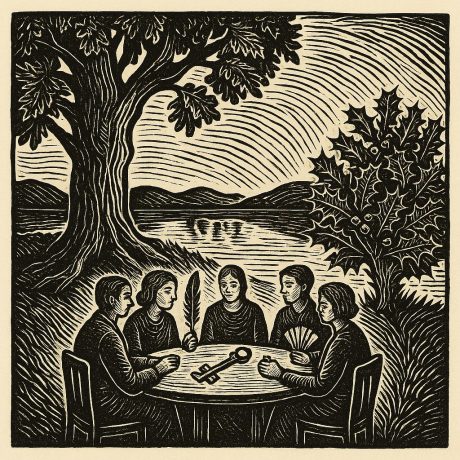
Saturday 5th July 2025, 11am–5pm
MA in Creative Writing and Education
Goldsmiths, University of London
Hosted by Dr Francis Gilbert, Head of Programme
Celebrating the launch of The Mindful Creative Writing Teacher (FGI Publishing, 2025)
It was one of those warm July Saturdays when the windows of the seminar room fog slightly with breath and anticipation. Beneath the whirr of the room’s old but surprising effective air conditioning unit, our group of past, present, and future students gathered in a circle with their notes.
The day, built around the launch of The Mindful Creative Writing Teacher, unfolded through a series of workshops where pedagogy met playfulness, and theory took the shape of story.
Here are eight transformative moments that resonated.
1. Moral Fables Can Tell the Truth Better Than Essays
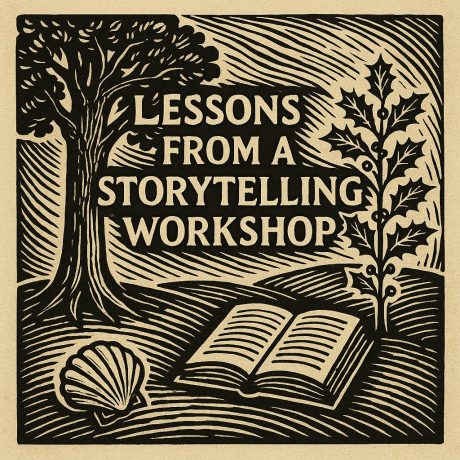
Maryam Ahmadi, alumna of the 2023–24 MA Creative Writing and Education, began the day not with a lecture, but with a story. She read from Patrick and Flippa by Wendy Meddour, a gentle picture book in which a lonely polar bear finds unexpected companionship in a penguin.
Though it seemed simple at first, the story opened the door to a profound question: “What’s the lesson here—and how do we learn it? With our heads, or our hearts?”
This became the guiding inquiry for the session. Rather than analysing or arguing, we were invited to write our own short fables—stories that held difficult truths in metaphorical form. The silence that followed was telling. In that focused stillness, participants produced extraordinary work: tales of exiled creatures, grieving animals, and characters navigating uncertainty. One story told of a deer who could only speak in questions; another of a fish who forgot how to swim after leaving a polluted river.
These fables weren’t about cleverness. They weren’t moralising. They were true in the way dreams are true—clear, strange, and emotionally precise. As one participant said, “It’s easier to say something difficult through the story of a fox. You can get closer without flinching.”
2. Fables Create a Shared Language for Complexity
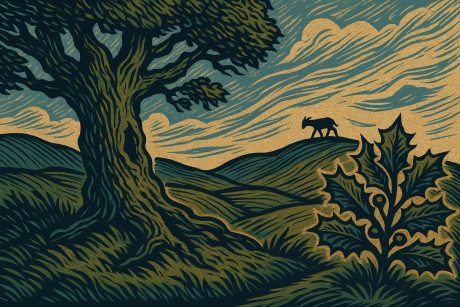
The workshop revealed that fables do more than carry messages—they make space for contradiction, ambiguity, and nuance. Without the rigid scaffolding of the essay form, we could explore difficult emotions and unresolved questions without rushing to conclusions.
I shared a fable that surprised myself, about a holly bush and an arrogant oak. It became a meditation on ageing, power, regret, and humility, it was written instinctively, without planning. Another wrote of a goat in search of a vanished hill. Each piece offered a new kind of moral reasoning: not binary or didactic, but textured and layered.
Maryam’s facilitation gently reminded us that teaching doesn’t always begin with argument or analysis. Sometimes it begins with story, with feeling, with metaphor. In doing so, the session affirmed a central truth for anyone working at the intersection of writing and education: that we often access the deepest insights not through rational explanation, but through the freeing, transformative power of imagination.
3. Lo-Shu Taught Us to Meet Our Inner Critics with Movement and Breath
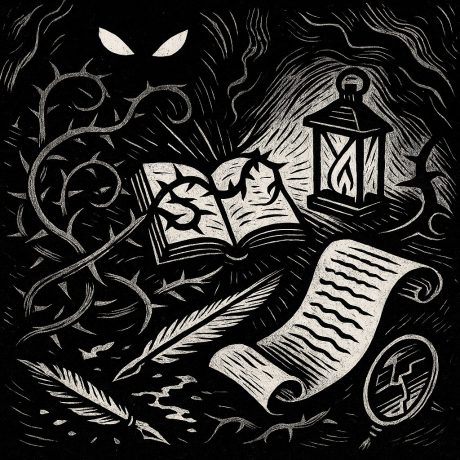
After lunch, alumni Lo-Shu guided us into gentler territory—but not necessarily more comfortable. Her workshop focused on confronting the inner critic: that harsh, inhibiting voice inside every writer.
We began with movement: small stretches, grounding our feet, gentle breathing. We massaged each other’s shoulders in pairs, laughter cutting through tension. Then we sat.
Lo-Shu quoted Kristin Linklater, who argues that our voices are born free but often get blocked by tension and judgment. We visualised a journey: walking toward a lake, seeing our reflections—not static, but shifting, plural, echoing.
“I saw myself made of stories,” one student said. “Not just one version of me.”
This exercise wasn’t just meditative; it was generative. What followed was some of the most intimate writing of the day.
4. Naming the Inner Critic Disempowers It
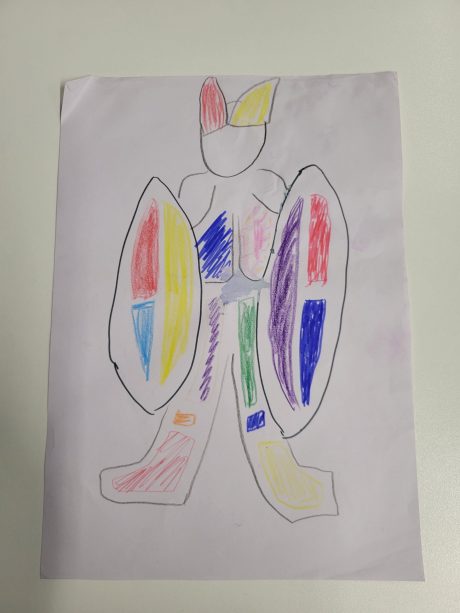
We then wrote a dialogue between ourselves and our inner critics. The voices that emerged were vivid, wry, sometimes cruel, sometimes comically pathetic.
“You again?” one person wrote. “What do you even want?”
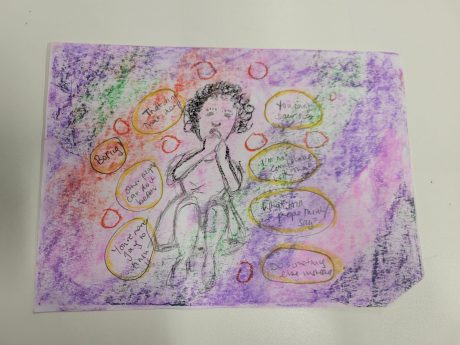
Some drew their critics as jagged monsters; others as prissy teachers or bored bureaucrats. The point wasn’t just to name the voice, but to understand it—to invite it to the table without letting it hold the pen.
“Today I answered it back,” one participant said. “And it shut up.”
5. Voice Emerges Through the Body
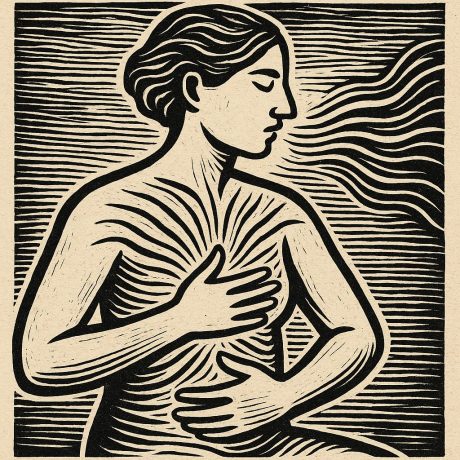
Lo-Shu reminded us that the voice isn’t just an idea—it’s embodied. Her work blended somatics and creative writing: movement, breath, and imaginative prompts to help us locate voice not in grammar, but in the gut.
“Creativity needs space,” she said. “Your ribcage. Your belly. Your breath.”
This understanding transformed how many of us approached writing. Voice became not a performance, but a presence.
6. Christine Khisa Used Objects to Unlock Story

In the final workshop of the day, Christine Khisa placed a basket of objects on the table. Each of us selected one: a fan, a key, a feather, a piece of sea-glass, an elephant. We wrote short monologues in the voices of these objects.
“I am a locked chest,” someone wrote. “Inside me is your grandmother’s lost story.”
These object-voices led us into a collaborative storytelling circle. From the fragments came a shared tale: a magical elephant, a boy with lavender candles, a journey through fire and stone.
“I felt like I was part of something ancient,” one student said. “Like we were sitting around a fire.”
7. Archetypal Plots Offer Scaffolds, Not Shackles

We reflected on Christopher Booker’s The Seven Basic Plots: Quest, Rags to Riches, Overcoming the Monster, and so on. Far from limiting, these forms offered shape and confidence.
“The shape gave me freedom,” someone said. “I didn’t have to invent the wheel. I just had to let it roll.”
One story began on a beach in Wales and ended in Victorian Greenwich with a beating heart and a royal decree. Another moved between lives, timelines, and genres—and still found its way home.
8. Reciprocity, Not Authority, Fuels Learning
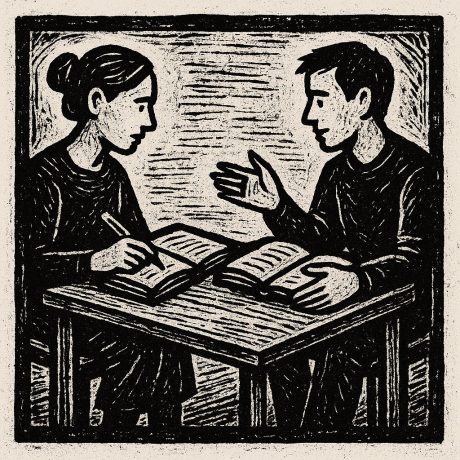
Throughout the day, it was clear: this was not a top-down event. As I said in the welcome: “We all teach today. We all learn.”
Christine summed it up beautifully:
“I’m doing the writing too. I’m in it with you.”
That spirit of mutuality created safety, play, and surprise. Several attendees noted that it was the first time they’d written freely in a group without fear of judgement.
Looking Forward
We ended the day with reflections and intentions:
- “I’m going to use storytelling in my classroom.”
- “I want to write with my inner critic, not against it.”
- “I’m going to start my novel. Tonight.”
For me, the day affirmed what I wrote in The Mindful Creative Writing Teacher: stories are teaching. They hold emotion, theory, memory, and transformation. And when we tell them together—messily, joyfully, vulnerably—something real shifts.
References
All quotes taken from the transcript of the event, Saturday 5th July 2025.
Meddour, W. (2024). Patrick and Flippa. Oxford University Press.
Gilbert, F. (2025). The Mindful Creative Writing Teacher. FGI Publishing.
Written by Dr Francis Gilbert, Head of the MA in Creative Writing and Education, Goldsmiths

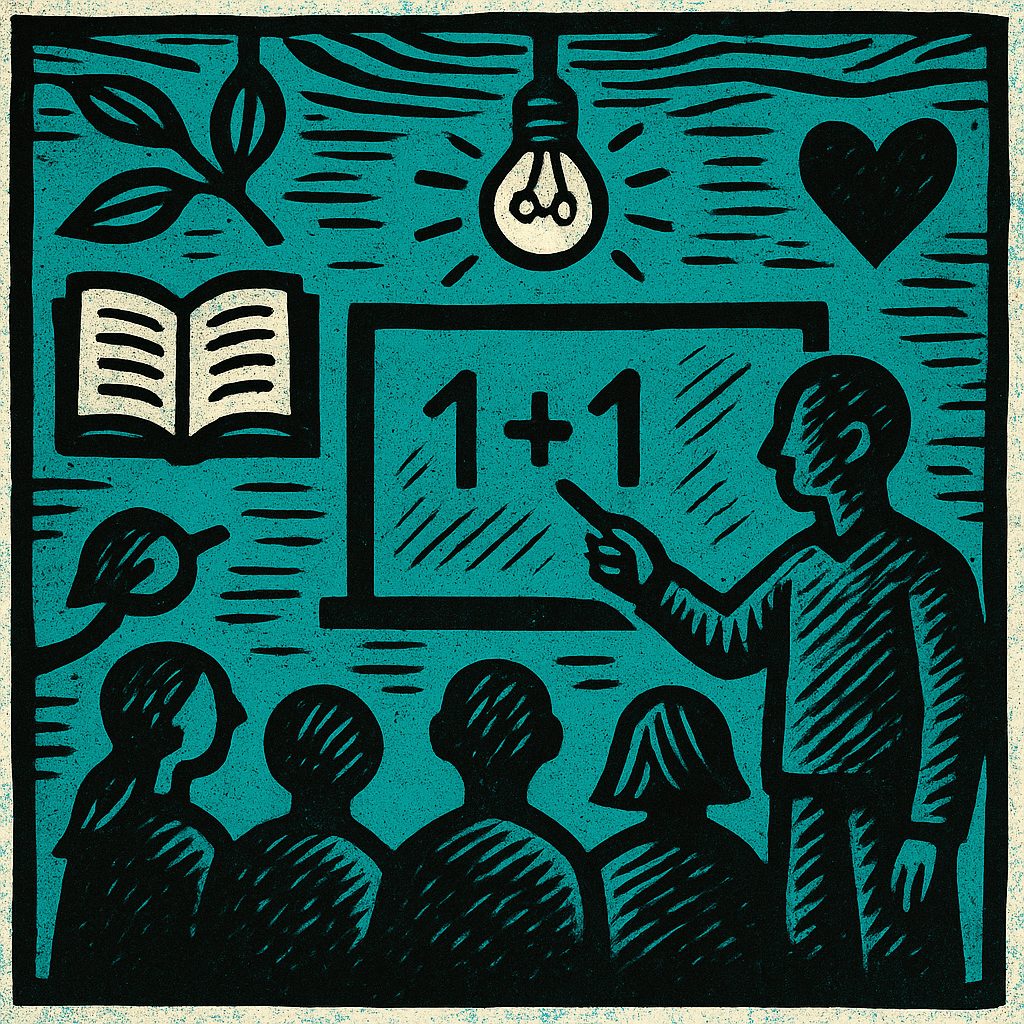
Leave a Reply